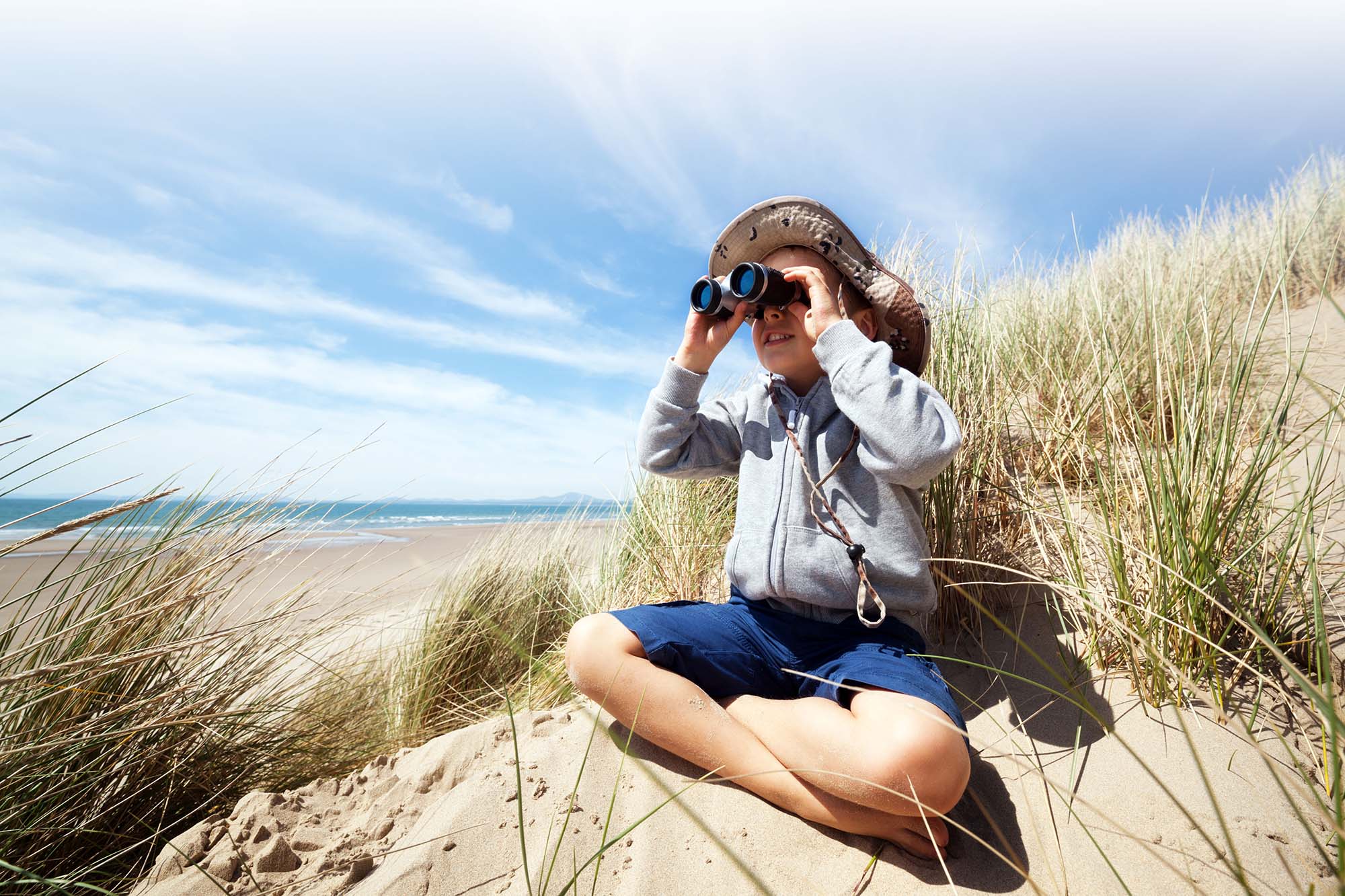

Bird Watching
Washington Island and Rock Island are on one of the main north/south migration routes, making it an excellent place for bird watching. Our bird guide contains a list of recommended spots to bird watch, a listing of various types of birds and an arial map of Washington Island and Rock Island.
Download Bird Guide- Most of the land on the island is privately owned, but all the birds can be easily observed from the roads on public areas.
- Look for waterfowl from the Washington Island Ferry dock or the Rock Island Ferry dock.
- Park on Henning Road off Lobdells Point Road and walk the Heritage Nature Trail to see woodland birds and wildflowers. (A field guide for the trail and birding checklists are available in the nearby Welcome Center.)
- Look for herons at Little Lake Park.
- Watch the treetops for birds at Washington Harbor’s scenic overview at the end of Dock Road.
- At the Farm Museum, watch for butterflies, hummingbirds, swallows and bluebirds.
- Mountain Park has a lookout tower with a view of the chain of the Grand Traverse Islands leading to Michigan’s Upper Peninsula. Scan the tree tops for birds.
- At Percy Johnson Eastside Park, view Hog Island Wildlife Refuge. Large colonies of gulls, cormorants, waterfowl and several blue herons nest on Hog Island and can be seen with binoculars. Also, observe the 400 million-year-old Paleozoic era fossils in the limestone rocks on this shore. During fall and spring migrations, shore birds and ducks rest on the shore. The white-cedar wetlands on Hemlock Drive and Lakeview Road are good spots to find warblers and vireos.
- Grassland-nesting birds are attracted to our meadows. By early August, many of these birds have begun to migrate south. To observe these birds, safely park your car on the shoulder of the road. Your car makes a good blind.
- Most roads that end at the shore have public access to the water for views of Green Bay or Lake Michigan.
Birding on Rock Island
Rock Island State Park has miles of excellent shoreline and hiking trails where both waterfowl and upland birds are found. Access the park by either private watercraft or the Rock Island Ferry from Jackson Harbor. Visit the website for Rock Island State Park for additional trail maps and campsite reservation information.
rock ISLAND FERRY SCHEDULEBirding Near Plum Island
Plum Island (plumb in the middle of the Door) is federally owned and not accessible but has an abandoned Coast Guard facility on the island’s northeast side, an abandoned light keeper’s home near the range lights and an abandoned structure on the southwest corner that once housed the equipment for the Plum Island fog horn.
The main light on Plum Island, built in 1897, burns a steady red atop a 65-foot tower made of bolted iron sections. Its location is adjacent to the former keeper’s home, also built in the 1890s. This house, now with holes in the roof and rotting wooden trim, was home to light keepers and their families until the light was automated in the late 1950s.
Look for gulls, cormorants, swans and other waterfowl, and bald eagles in the Plum Island-Northport Pier area. A bald eagle is often perched atop one of the tall poles near the old fog signal building.
Birding Near Pilot Island
Pilot Island is federally owned and not accessible but features two historical structures. First, the keeper’s home with a light tower on top and second, a generator and machinery storage building. The light structure was built in 1858 and it became the scene of a multi-ship wreck in October 1892 when the Forest, A.P. Nichols, and J.E. Gilmore each were blown ashore during a storm over a two-week period.
Once covered with lush green cedars, Pilot Island’s trees have been destroyed by the population of cormorants. Their high-powered guano killed most of the vegetation.

